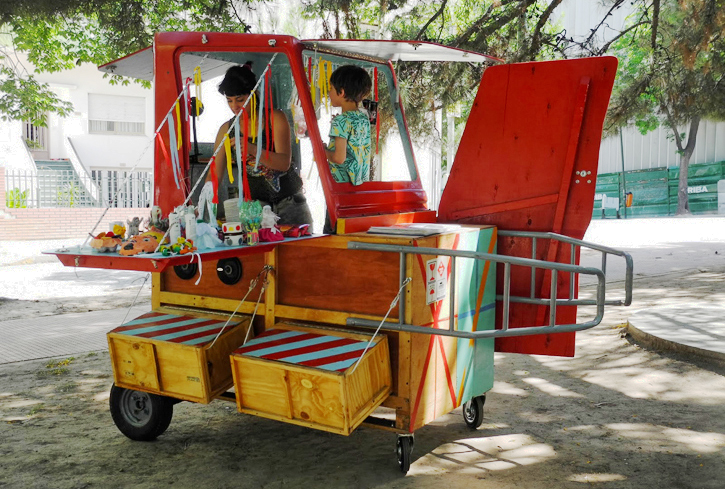Tobias Just, “Eine Milliarde neue Wohnungen,” Frankfurter Allgemeine Zeitung, October 22, 2010.
Klaus Drömer et al., Housing for Everyone: Affordable Living (Berlin, 2014), 13.
According to the 2005 census, about 35.7 million people live in Tokyo, with a population density of 13,415 people per square kilometer. All data taken from GFK-Bevölkerungsdatenerhebung, Nürnberg 2011.
Alexandra N. Katz, “Half a Million Families Living in Poverty,” Argentina Independent, October 5, 2011 →.
See →.
See →.
See → as well as the excellent volume Building Brazil!, ed. Marc Angélil and Rainer Hehl (Berlin: Ruby Press, 2011).
See Niklas Maak, “Odyssee im Wohnraum,” Frankfurter Allgemeine Zeitung, September 10, 2010.
Translated from the German by Beny Wagner
